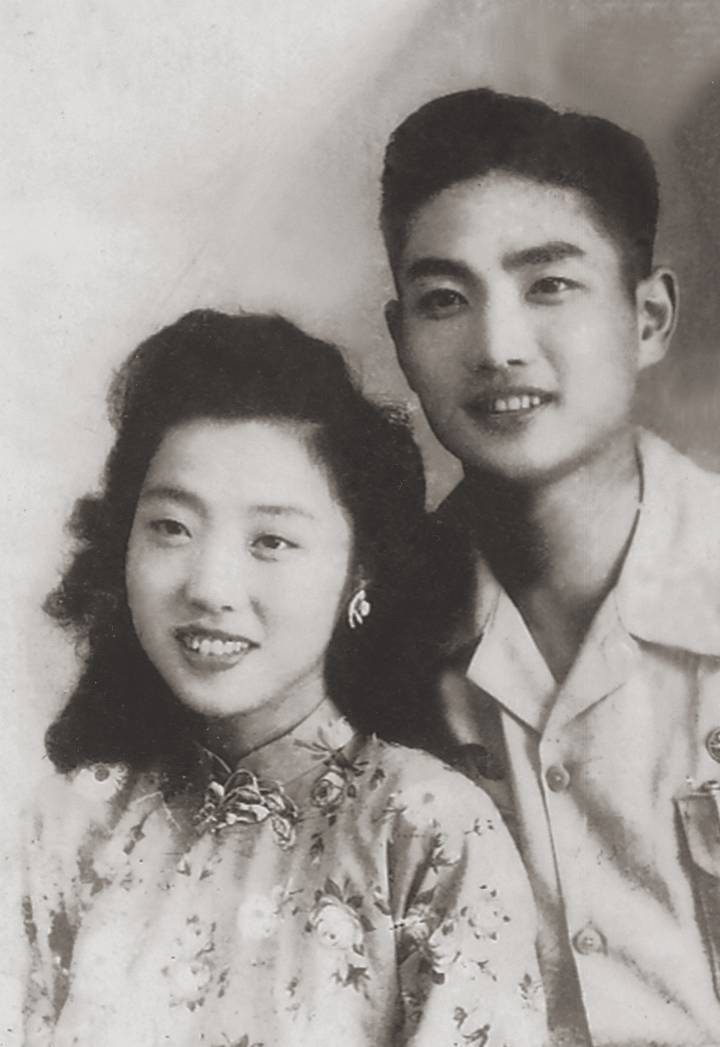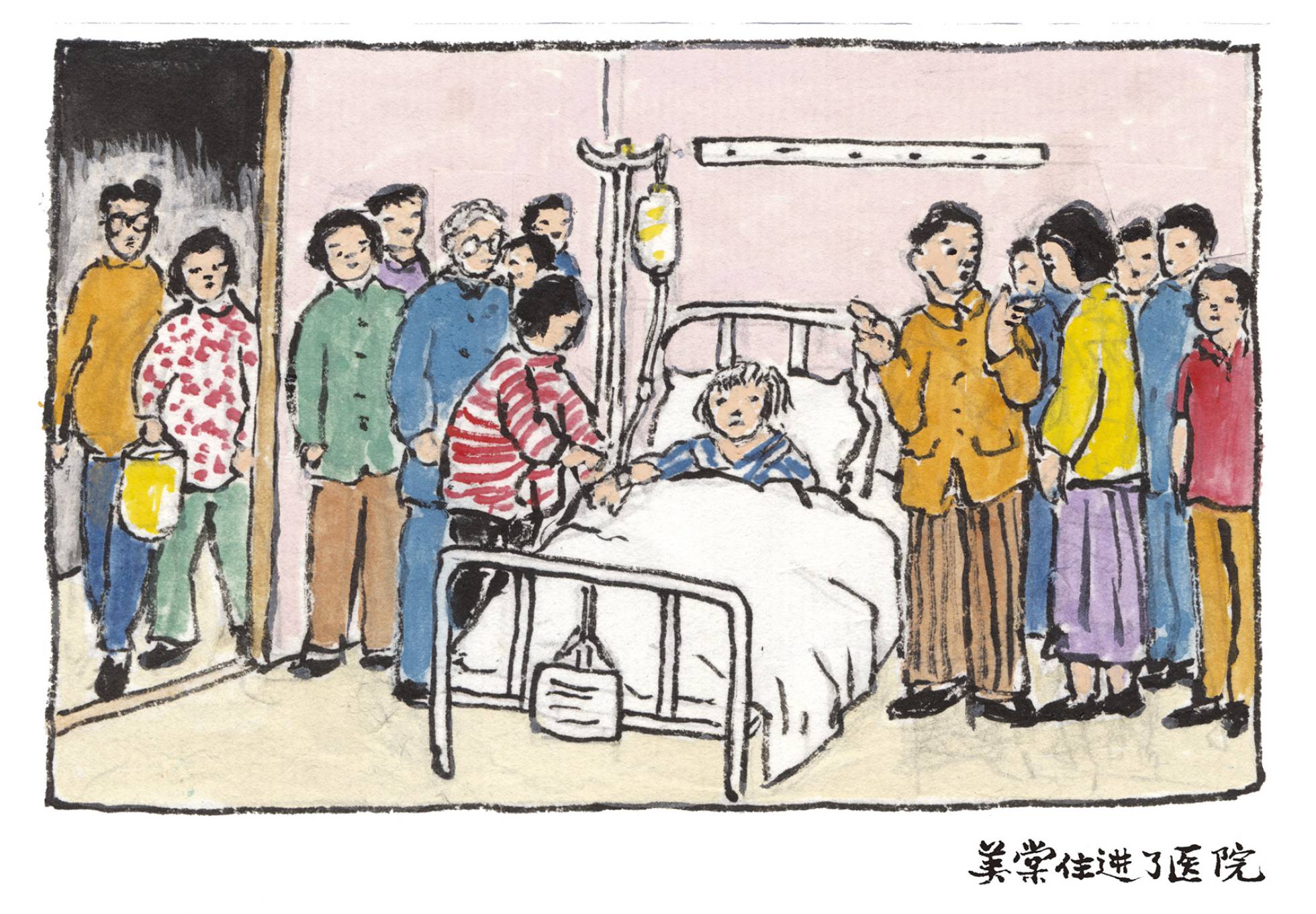Ну вот же прямо с нами в одном городе такое творится — ночи не спишь, всё выскакиваешь — где? Да вот же тут. Да вот тут, буквально.
Now that we know how to deal with time and date, let’s talk about place and space. Turns out, Russian employs all six (or seven) cases for these purposes.
This time, I’d like to start from the traditionally “last” case (in the table of cases), that is, prepositional, or rather, with locative, because this latter was originally the case used to indicate location. As discussed earlier, in modern Russian the locative, always used with prepositions of place в/во (in) or на (on), has largely merged with the prepositional case, which, apart from answering the question где? (where?), has other functions. What remains of locative are a few nouns that decline differently: cf. в лесу́ [Loc.] and о ле́се [Prep.], на мели́ [Loc.] and о ме́ли [Prep.].
Я в весеннем лесу пил берёзовый сок, |
Бой в Крыму, всё в дыму.
Anonymous
|
На двери́ висит замок.
Anonymous
|
В степях зелёных Буджака,
А. С. Пушкин, «Кирджали»
|
Давным-давно на белом свете... |
Студёною зимой
Леонид Дербенёв, «Кап-кап-кап»
|
«Пролетая над Череповцом, посылаю всех к такой-то матери...»
Михаил Жванецкий, «Попугай»
|
Шёл я лесом, шёл я лугом |
А умный в одиночестве гуляет кругами, |
Ехал Грека через реку,
Скороговорка
|
Неприметной тропой пробираюсь к ручью...
Николай Добронравов, «Беловежская пуща»
|
Ко мне, Мухтар! |
Вдоль по Питерской, по Тверской-Ямской,
Народная песня
|
Ты по степи, ты по лесу, |
Ничего на свете лучше нету, |
The genitive is used when we talk about the direction from somebody or something, as if that entity were a parent or a fatherland: из, из-за, из-под, от, с/со are all variations on the theme. Somewhat counterintuitively, the opposite, до (until, to) also requires the genitive.
Свет в городе давным-давно погас
Браво, «Ленинградский рок-н-ролл»
|
У самовара я и моя Маша,
Фанни Гордон, «У самовара»
|
— Мой конь притомился, стоптались мои башмаки. |
Я не знаю, как у вас,
Частушка
|
Can we use the nominative when talking about place or directions? Sure we can.
— Это что за остановка —
С. Я. Маршак, «Вот какой рассеянный»
|
«Станция Речной вокзал — |
Мой адрес — не дом и не улица, |
My address |
Now in Russia, like in the rest of the world, the addresses go from particular to general, and everything stays in nominative:
Фиолетовая улица, дом 33, квартира 16 |
Фиолетовая ул., д. 33, кв. 16 |
Гражданин Невнятных Х. З., проживающий в квартире 16 дома №33 по улице Фиолетовой села Странное Ненужного района Косоградской области...Here we can see a number of cases. The genitive dominates: once again, this address is like a Russian doll. The names of cities, towns or villages may be either left in nominative (города Москва, города Ленинград) or also changed to genitive (города Москвы, Ленинграда). The innermost doll, в квартире, is in prepositional. The type of street (по улице / переулку / проспекту / шоссе) is in dative, although the name of the street sometimes is left in nominative (cf. по улице Садовой and по улице Арбат) or, if it already was in genitive, it stays in genitive (по проспекту Вернадского). One can only hope this convoluted style becomes a thing of the past.
| Case | Usage | Example |
|---|---|---|
| Nominative | addresses, advertisements, diary entries etc. | Москва, станция «Речной вокзал» |
| Genitive | from | из Москвы, с улицы Бассейной |
| from (above) | с гор, со стены | |
| from (below) | из-под земли | |
| from (behind) | из-за поворота | |
| from... to... | от Москвы до Ленинграда | |
| around | вокруг озера | |
| near | у окна, около дороги, возле дома | |
| along | вдоль дороги | |
| across | поперёк дороги | |
| Dative | towards | к лесу, к остановке |
| along | по морю, по дороге | |
| Accusative | in, into | в дом, в Москву |
| to | на пляж, на улицу, в горы | |
| towards | на юг, на Москву | |
| on to | на гвоздь, на стену | |
| beyond | за реку | |
| under | под воду | |
| after | через две улицы | |
| through | через мост, через реку | |
| Instrumental | over | над облаками |
| under | под снегом, под крышей | |
| in front | перед входом, перед дверью | |
| behind, beyond | за поворотом, за окном | |
| near | рядом с окном | |
| trajectory | полем, тропой | |
| Prepositional | in (inside, surrounded by) | в городе, в Москве, во ржи |
| on (the surface) | на столе, на улице Бассейной | |
| near, by | при доме, при дороге | |
| Locative | in (inside) | в лесу, в двери́ |
| (surrounded, covered, stained) with | в дыму, в крови́, в пыли́ | |
| on (the surface) | на снегу, на двери́ |












